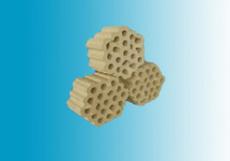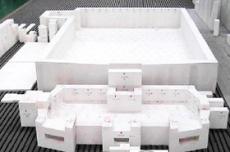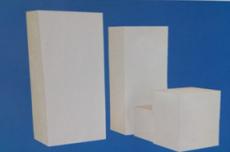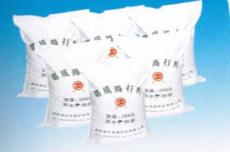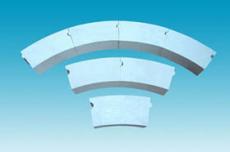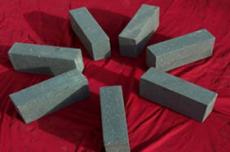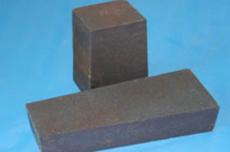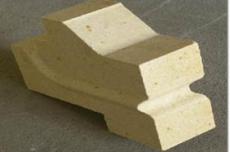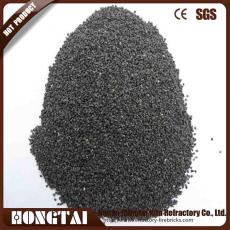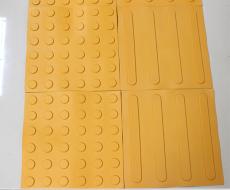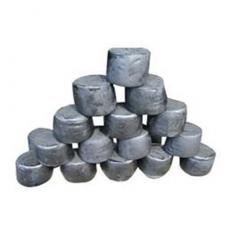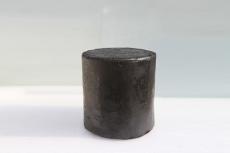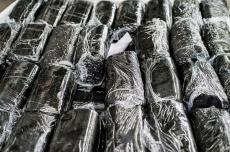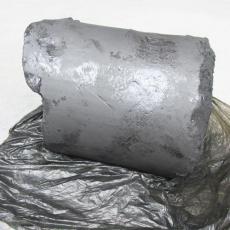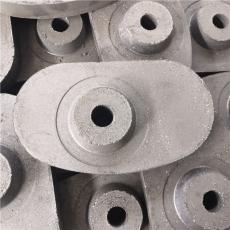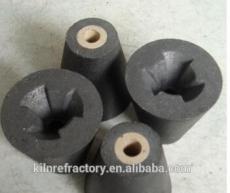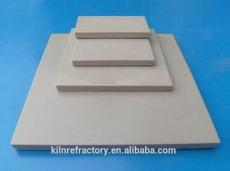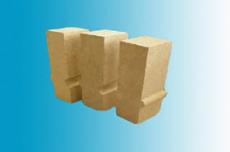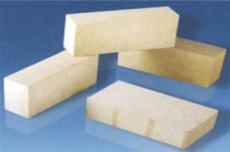
Fireproofing Layer for Inner Wall of High Temperature Equipment
1. Function: Insulation and heat preservation: Reduce heat loss from inside to outside of high temperature equipment, maintain high ambient temperature indoors, improve thermal efficiency and reduce energy consumption.
Equipment shell protection: Prevent direct damage to the outer shell and metal structure of the equipment caused by high temperatures, prevent deformation and damage caused by thermal stress, and prolong the service life of the equipment.
Chemical resistance: Hot media, slag, etc. present inside the equipment cause corrosion, but the fireproof layer resists the attack of these chemicals and ensures the structural integrity of the equipment.
Abrasion and impact resistance: For high temperature equipment exposed to material flow, particle friction or mechanical vibration, the fireproof layer is resistant to abrasion and mechanical impact, preventing excessive material loss and chipping. Maintaining the process environment: In some high-temperature processes, the refractory layer helps maintain a stable process environment, promotes chemical reactions, and ensures product quality.
2. Classification of materials: acid-resistant materials
Silica bricks: contain more than 93% silicon oxide, have high resistance to acid slag erosion, have a high softening point under load, do not shrink or even slightly expand after repeated firing, but are easily corroded by alkali slags and have low resistance to thermal vibration. It is mainly used in coke ovens, glass furnaces, steel furnaces, etc.
Clay bricks: These are weakly acidic refractory materials mainly made of chamotte and containing 30% to 46% alumina. They have excellent resistance to thermal vibration and corrosion under acid slags, and are widely used. Neutral Refractory. Corundum products: This high-quality refractory material, containing more than 95% alumina, has a very high melting point, softening point under load, thermal shock and abrasion resistance, making it suitable for a wide range of applications.
Chrome bricks: composed mainly of chromium oxide, have good resistance to corrosion caused by steel slags, but poor resistance to thermal fluctuations and low deformation temperature under high temperature loads.
Carbon refractories: carbon brick, graphite, silicon carbide products, etc. It has a very low coefficient of thermal expansion, high thermal conductivity, resistance to thermal fluctuations, resistance to high temperatures, resistance to acids, alkalis and salts, is not wetted by metals and slags, is lightweight and is widely used as a lining material for high-temperature furnaces.
Basic magnesia refractory bricks: Containing 80-85% or more magnesium oxide, it has excellent resistance to alkali slag and iron slag, and is more fire-resistant than clay bricks and sand-lime bricks. It is mainly used in high-temperature facilities such as open furnaces, oxygen blast furnaces, electric furnaces and non-ferrous metal smelting furnaces.
Magnesia-dolomite bricks: Periclase has better fire resistance and slag resistance than dolomite. The appropriate calcium oxide content improves the refractory material's resistance to rapid cooling and heating. Magnesia-dolomite bricks are an ideal material for lining converters.
3. Selection by working temperature:
According to the working temperature inside the high-temperature equipment, it is necessary to select materials with appropriate fire resistance so that they remain stable at these temperatures and do not soften or melt. Chemically aggressive environment: Consider the chemical nature of the environment in the equipment (acidic, alkaline or oxidizing) and select a refractory material that can withstand such an environment. Relevant chemical attack.
Heat resistance requirements: For high-temperature equipment that is subject to frequent starts and stops or large temperature fluctuations, it is necessary to select refractory materials with good heat resistance to prevent cracking and spalling caused by sudden changes in temperature.
Mechanical stress and abrasive conditions: If material flows, particle friction or mechanical vibrations occur inside the equipment, the refractory material selected should have good resistance to abrasion and mechanical impact.
Equipment service conditions: For example, for parts requiring high mechhigh temperature strength, it is necessary to select materials with high mechanical strength at high temperatures. For equipment with special process requirements, it is also necessary to consider the influence of refractory materials on process reactions.
Fourth, construction points: Preparation before construction:
Remove residues, grease stains, dust and other contaminants from the inner walls of the equipment, and ensure that the surface is clean and smooth. Inspection, acceptance and quality assurance of refractory materials. reheat refractory materials if necessary.
Proportioning and mixing of materials: For amorphous refractories such as cast concrete, proportioning and mixing should be carried out in strict accordance with the requirements of the product operation manual, and special mixing equipment should be used to ensure uniform proportioning and control of mixing time.
Applying thickness and layers: The application thickness of refractory material should be uniform. When pouring in layers, it is necessary to control the thickness of each layer, which is generally 15 to 30 mm. Each layer of material must be compressed to avoid air bubbles and voids.
Vibration Treatment: Amorphous refractories must be vibrated during application. Tools such as vibrating tables and hammers are used to achieve ideal material density, improve heat resistance and durability.
Kiln Maintenance and Firing: After construction is completed, proper kiln maintenance and firing must be carried out. During the maintenance process, the ambient humidity and temperature must be maintained at an appropriate level. The kiln must be heated gradually to avoid sudden changes in temperature that may cause cracking of the refractory.
